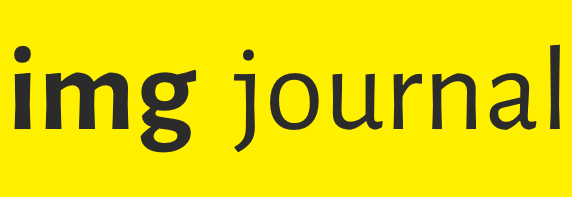Takis Zenetos’s Conception of Remoteness: Tele-Operations as Socio-Technological Transformations
DOI:
https://doi.org/10.6092/issn.2724-2463/12253Keywords:
electronic urbanism, Takis Zenetos, tele-communication, tele-education, tele-workAbstract
The article explores how Greek architect Takis Zenetos conceptualized the reinvention of the relationship between the living units and home-office conditions. Zenetos, like Yona Friedman was interested in the re-invention of the home-office conditions and in how architecture and urban design strat¬egies could respond to distance working. It also examines how architecture and urban design methods could incorporate the impact of the new conceptions of 'tele-work', 'tele-communication', and 'tele-education' on the relationships between the different social classes. Special attention is paid to how Zenetos envisioned a new mode of thinking urbanism able to be adapted to the continuous mutations in both social and technological domains. Additionally, the article sheds light on Zenetos’s critique of low density living, as well as his concep-tion of circular economy, and his intention to provide environments for heterogeneous patterns of domesticity. It also investigates which were the interdisciplinary references in Zenetos’s writings. Central for the paper is The City and the House of the Future by Zenetos, which aimed at the design of flexible systems for both buildings and infrastructures, and was based on his intention to take into consideration the accelerating mutation of the living units in the cities of the future. Zenetos and Friedman’s intention to provide comfortable, flexible and independent home-office conditions through the design of 'individual living units' using advanced technological achievements could be helpful for better understanding how architecture and urban design could respond to the challenge of providing contemporary home-office conditions.
Downloads
Published
How to Cite
Issue
Section
License
Copyright (c) 2021 Marianna Charitonidou

This work is licensed under a Creative Commons Attribution 4.0 International License.





